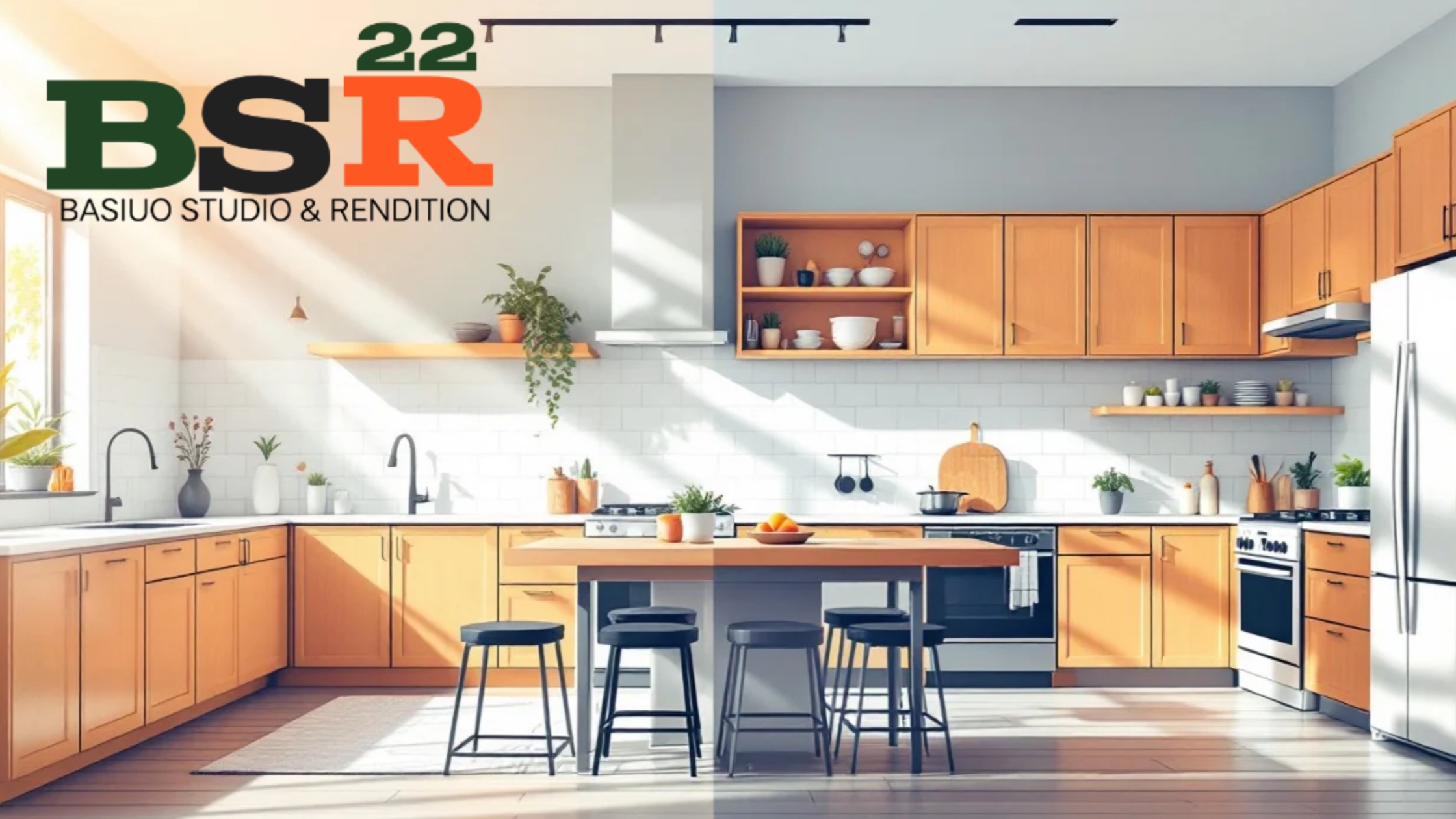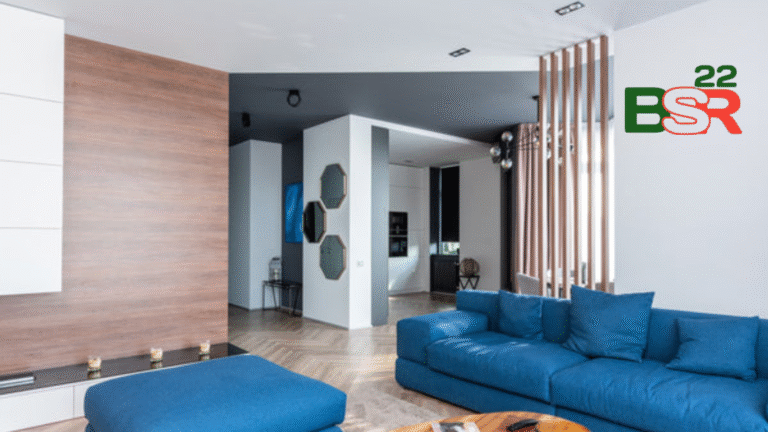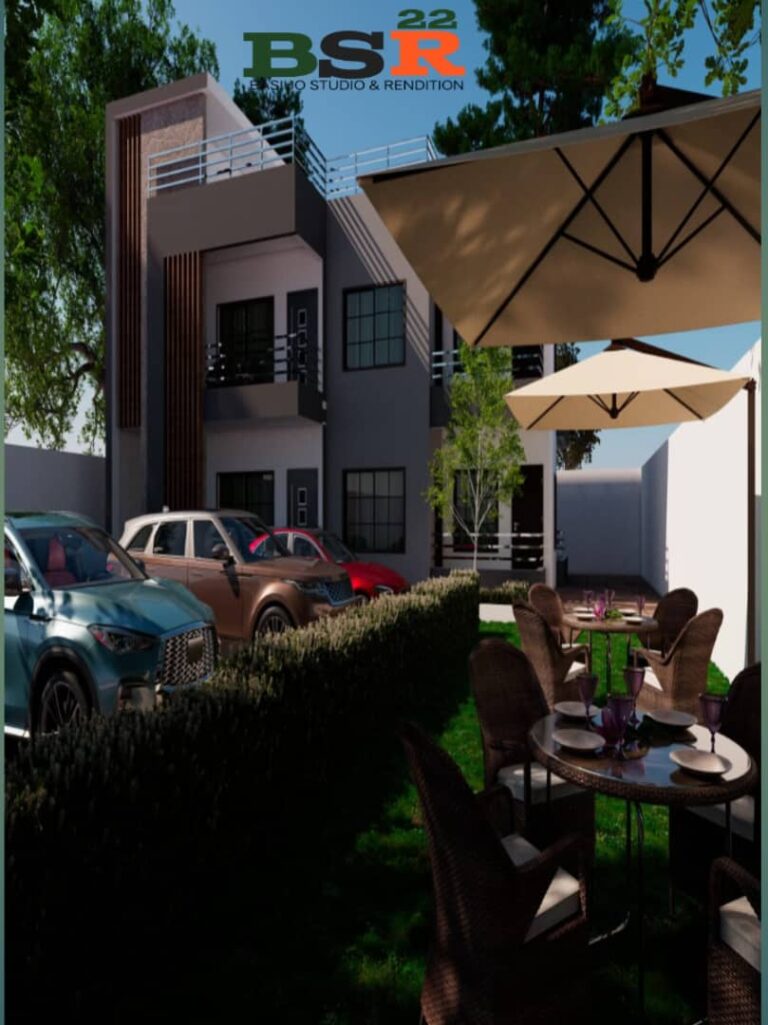
Heritage Aesthetics: The Resurgence of Classic English Country Style in Kitchens
In recent years, the world of interior design has witnessed a remarkable revival of traditional styles, with a particular emphasis on heritage aesthetics. Among these, the classic English country kitchen has seen a resurgence, bringing warmth, history, and craftsmanship into modern homes. This charming design trend embraces rich woods, historical paint colors, and natural materials like soapstone and butcher block, creating spaces that feel timeless and inviting.
If you’re looking to infuse your kitchen with the elegance of heritage aesthetics, this guide will explore everything you need to know about the style, including its history, key design elements, and tips for achieving the look in your own home.
1. The Origins of English Country Kitchen Style
To appreciate the resurgence of heritage aesthetics, it’s important to understand its historical roots. The English country kitchen style dates back to the 18th and 19th centuries, when rural homes in Britain were designed for function, durability, and warmth. These kitchens were the heart of the home, often featuring:
Handcrafted wooden cabinetry made from oak, pine, or walnut.
Stone or wooden worktops that could withstand heavy use.
Muted, earthy paint colors that reflected the natural surroundings.
Open shelving to store everyday essentials like pottery and cookware.
Despite the evolution of kitchen design over the centuries, these classic elements have endured, leading to their modern revival in contemporary homes.
2. Rich Woods: The Foundation of Heritage Kitchens
One of the hallmarks of the heritage aesthetic is the use of rich woods. Unlike sleek, high-gloss modern kitchens, English country kitchens prioritize natural, warm, and textural wood finishes.
Types of Wood Used in Heritage Kitchens
Oak – A classic choice, oak is known for its strength, durability, and beautiful grain. It adds warmth and character to kitchen cabinetry, flooring, and furniture.
Walnut – Dark and luxurious, walnut brings depth and sophistication to kitchen spaces.
Pine – Traditionally used in country homes, pine offers a more rustic, charming appeal.
Reclaimed Wood – For an authentic, aged look, reclaimed wood is a sustainable choice that adds history and charm to the kitchen.
Ways to Incorporate Rich Woods:
Cabinetry & Cupboards: Opt for traditional wooden cabinets with hand-carved details or Shaker-style doors.
Countertops & Butcher Block: A butcher block countertop in oak or maple brings warmth and functionality.
Wooden Beams & Flooring: Exposed beams and wide-plank hardwood floors complete the rustic, lived-in look.
3. Historical Paint Colors: The Soul of Classic English Kitchens
Color plays a crucial role in defining the heritage aesthetic. English country kitchens are known for their muted, earthy, and timeless hues that reflect the countryside.
Popular Heritage Paint Colors
Sage Green – Inspired by the lush landscapes of England, this soft green creates a calming, natural feel.
Deep Blue – A rich navy or dusty blue adds a stately, traditional touch.
Warm Creams & Beiges – These neutral shades provide a subtle, classic backdrop for wooden elements.
Muted Mustard & Ochre – Earthy yellows evoke a cozy, vintage warmth.
Heritage Grays & Charcoal – Timeless and sophisticated, these shades work beautifully in traditional kitchens.
Pro Tip: Many heritage paint brands, such as Farrow & Ball, Little Greene, and Benjamin Moore, offer historically accurate shades that align with this aesthetic.
4. Natural Materials: The Heart of Heritage Aesthetics
A true English country kitchen prioritizes natural, durable, and tactile materials that age beautifully over time.
Soapstone Countertops: A Classic Choice
Soapstone is a natural stone that has been used in kitchens for centuries. It is highly durable, heat-resistant, and develops a beautiful patina over time. Unlike marble, which requires frequent sealing, soapstone is low-maintenance and ideal for busy kitchens.
Why Choose Soapstone?
✔️ Natural, rich texture that enhances heritage aesthetics
✔️ Resistant to heat and stains
✔️ Develops a unique patina over time
Butcher Block: A Timeless Work Surface
Butcher block countertops are a staple of traditional kitchens, offering a warm, rustic touch. Made from hardwood slabs, they are perfect for food preparation while adding an organic element to the space.
Pros of Butcher Block:
✔️ Adds warmth and a tactile surface
✔️ Easy to sand and refinish
✔️ Ages beautifully with use
Other natural materials commonly used in heritage kitchens include:
Marble backsplashes for a touch of elegance
Brick or terracotta flooring for rustic charm
Handmade ceramic tiles for an artisanal feel
5. Traditional Fixtures & Vintage Accents
A heritage-style kitchen isn’t just about materials and colors—it’s also about the details. Classic fixtures, hardware, and accents complete the English country look.
Vintage-Inspired Fixtures
Butler & Belfast Sinks: Large, deep, and functional, these farmhouse sinks are a staple in traditional kitchens.
Bridge Faucets: Polished brass, aged bronze, or nickel-plated bridge taps enhance the old-world feel.
Traditional Lighting: Pendant lights with glass shades, antique chandeliers, or wrought iron sconces provide warm, ambient lighting.
Antique & Vintage Accents
Open Shelving: Display heirloom china, vintage glassware, and copper pots.
Freestanding Furniture: Instead of built-in cabinetry, opt for a vintage dresser, hutch, or kitchen island.
Classic Iron & Brass Hardware: Swap modern handles for aged brass or ceramic knobs for an authentic touch.
6. Creating a Cozy & Lived-In Atmosphere
Heritage aesthetics go beyond just visual appeal—they also emphasize a warm, inviting atmosphere.
Soft Textiles & Layered Elements
Linen & Cotton Curtains: Instead of modern blinds, use floral or checkered curtains for a homey touch.
Woven Rugs & Runners: A Persian or vintage-inspired runner adds warmth to kitchen floors.
Cushioned Seating: Upholstered chairs and padded benches make dining areas more comfortable.
Personal Touches & Heirloom Pieces
To make your heritage-style kitchen truly unique, incorporate personal elements such as:
Hand-painted ceramic plates
A vintage clock or framed botanical prints
A farmhouse-style wooden dining table for family gatherings
Final Thoughts: Why Heritage Aesthetics Are Making a Comeback
The resurgence of classic English country kitchens reflects a broader trend toward authenticity, craftsmanship, and timeless design. In a world of mass-produced, ultra-modern interiors, homeowners are increasingly drawn to spaces that feel lived-in, personal, and full of history.
By incorporating rich woods, historical paint colors, and natural materials like soapstone and butcher block, you can create a kitchen that not only looks stunning but also stands the test of time. Whether you live in a country cottage or a modern urban apartment, the charm of heritage aesthetics can bring warmth, character, and nostalgia into your home.
Would you embrace this timeless trend in your kitchen? Let us know your thoughts in the comments!






